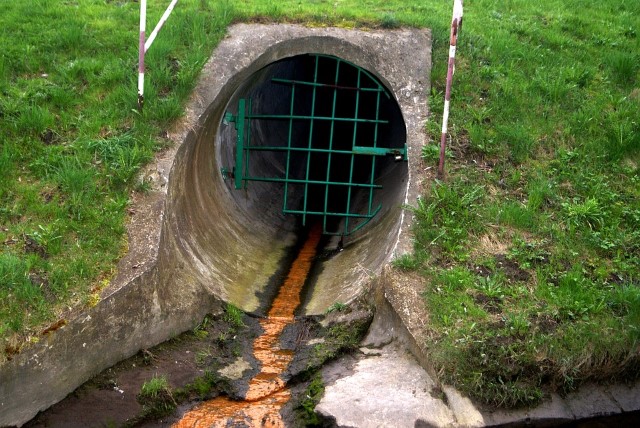Dealing with sewage exposure is one of the most serious issues a homeowner can face. Whether due to a backed-up sewer line, a flooded basement, or a malfunctioning septic system, exposure to raw sewage can pose serious health risks and cause extensive property damage. Understanding the dangers, prevention strategies, and proper cleanup methods can help homeowners mitigate risks and restore their homes safely.
Health Risks of Sewage Exposure
Sewage contains bacteria, viruses, parasites, and toxic chemicals that can pose significant health hazards. Common risks include:
1. Bacterial and Viral Infections
Sewage often carries harmful pathogens such as E. coli, Salmonella, and Hepatitis A, which can cause severe gastrointestinal and respiratory illnesses.
2. Respiratory Issues
Fumes from raw sewage can release harmful gases like methane, ammonia, and hydrogen sulfide, leading to headaches, dizziness, and breathing difficulties.
3. Skin and Eye Irritation
Direct contact with contaminated water can cause rashes, eye infections, and other skin-related conditions.
4. Mold Growth
Standing water from sewage leaks can quickly lead to mold infestations, exacerbating allergies and respiratory conditions.
Preventing Sewage Backups
While some sewage issues are unavoidable, homeowners can take proactive steps to reduce the risk:
1. Regular Sewer Line Maintenance
Schedule routine inspections and cleanings of your sewer lines to prevent blockages and tree root intrusions.
2. Proper Disposal Habits
Avoid flushing non-biodegradable items (wipes, paper towels, grease, etc.) down the toilet or drain to prevent clogs.
3. Install a Backwater Valve
A backwater valve can prevent sewage from flowing back into your home during heavy rainfall or municipal sewer overloads.
4. Inspect and Maintain Septic Systems
If your home relies on a septic system, regular pumping and maintenance can prevent overflows and leaks.
Safe Cleanup After Sewage Exposure
If you experience a sewage backup, it’s important to act quickly and follow safety guidelines to minimize health risks and damage:
1. Prioritize Safety
- Evacuate affected areas immediately.
- Wear protective gear, including gloves, boots, masks, and eye protection.
- Ventilate the area by opening windows and using fans.
2. Remove Contaminated Materials
- Dispose of porous materials like carpets, drywall, and furniture that have absorbed sewage.
- Sanitize hard surfaces with a mixture of bleach and water.
3. Dry the Area Thoroughly
- Use dehumidifiers and industrial fans to speed up the drying process.
- Address moisture issues promptly to prevent mold growth.
4. Call a Professional
For extensive sewage damage, hiring a certified restoration company ensures proper cleanup and reduces long-term risks.
Conclusion
Sewage exposure is a serious issue that requires immediate attention to protect your home and health. By understanding the risks, taking preventative measures, and following proper cleanup protocols, homeowners can safeguard their families and properties. If faced with a significant sewage problem, seeking professional assistance is always the safest course of action.

